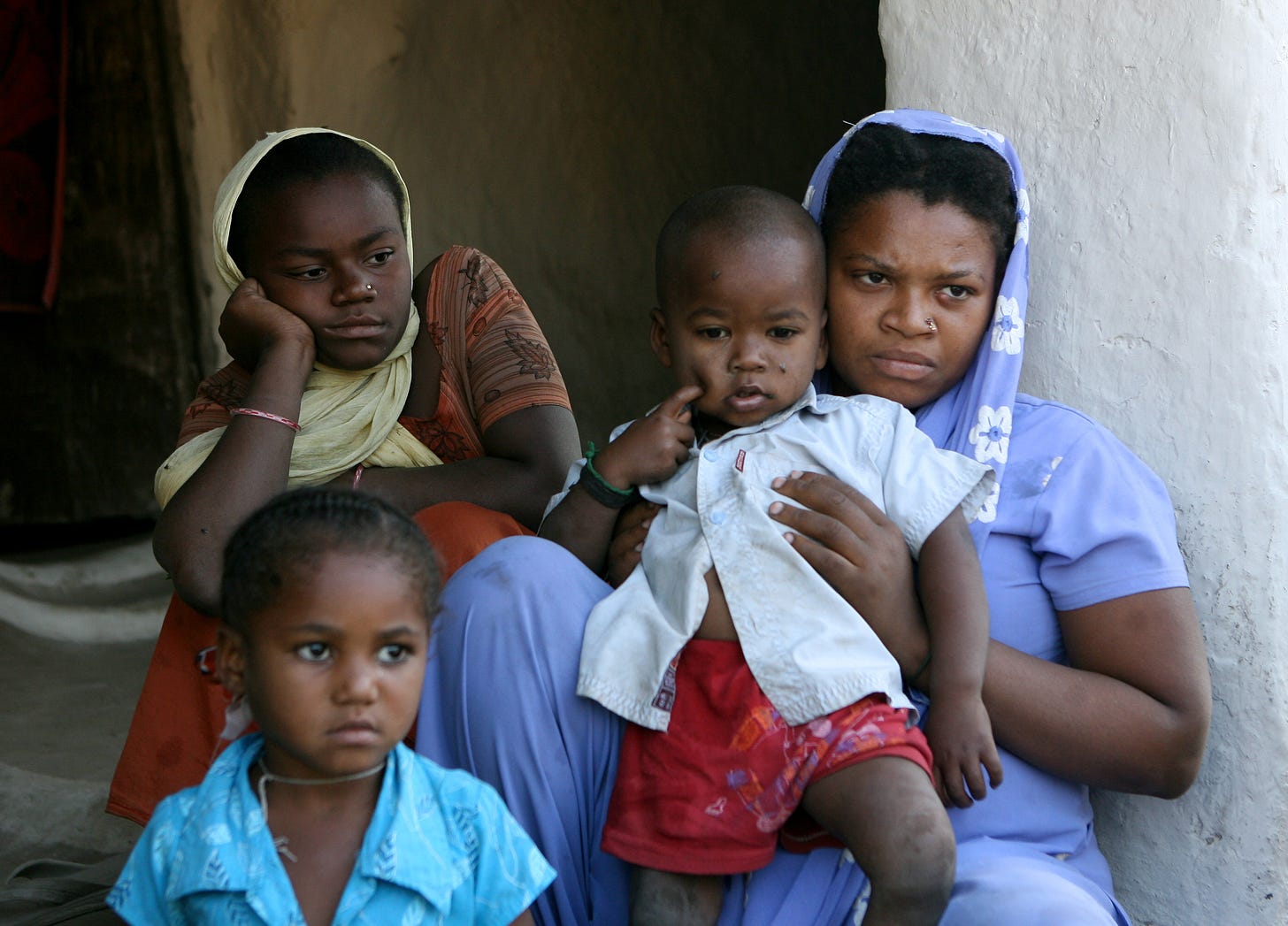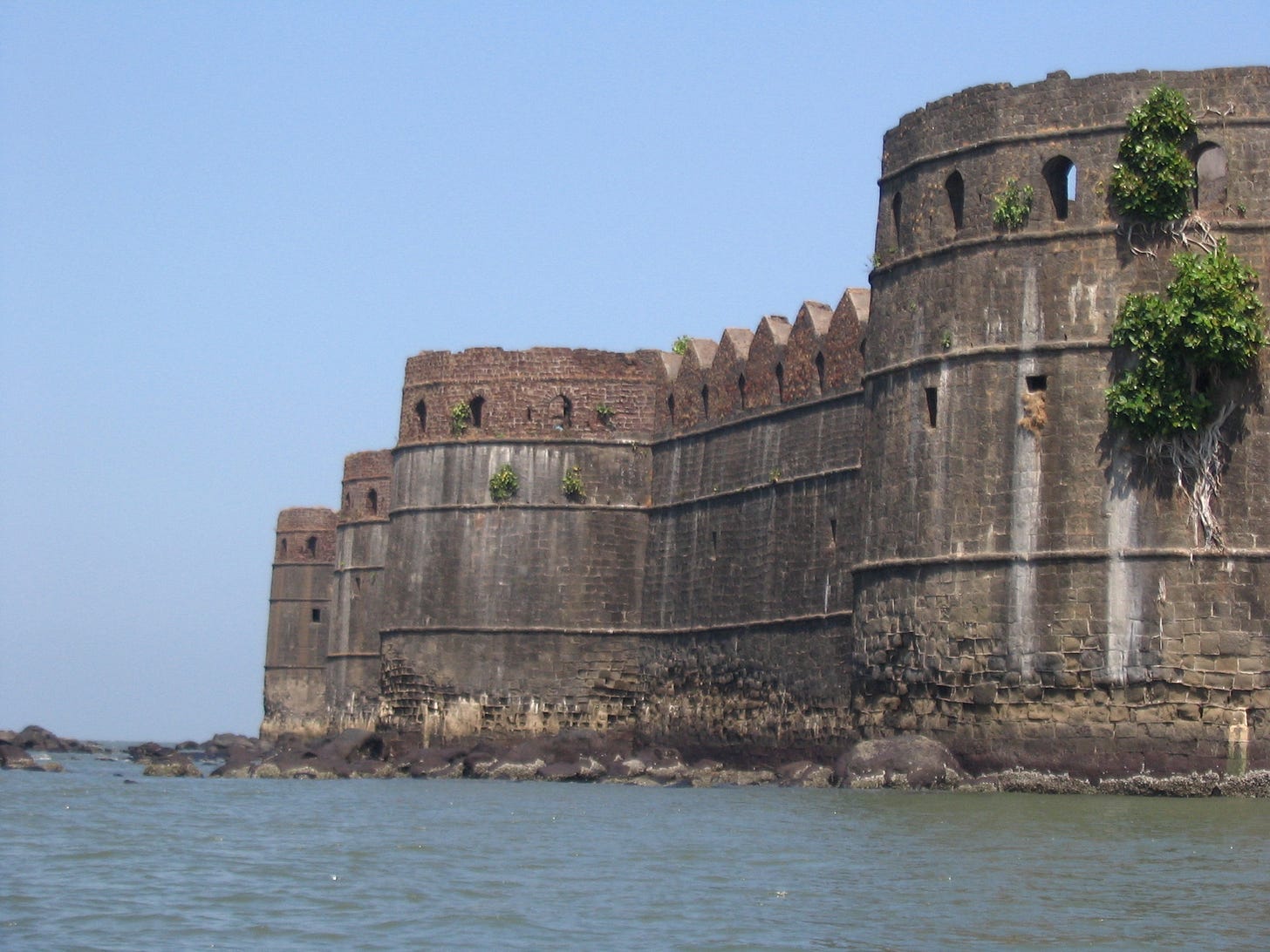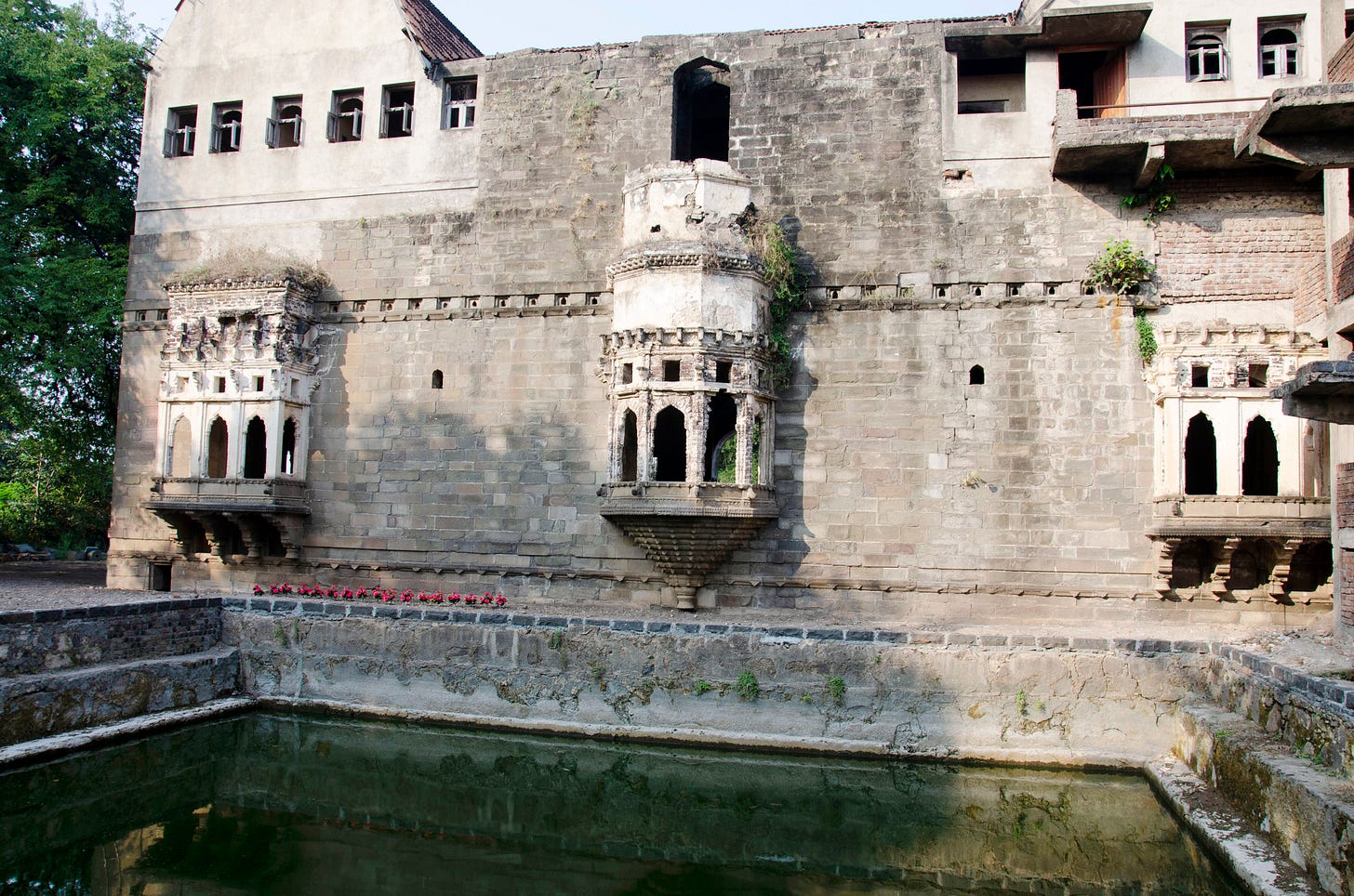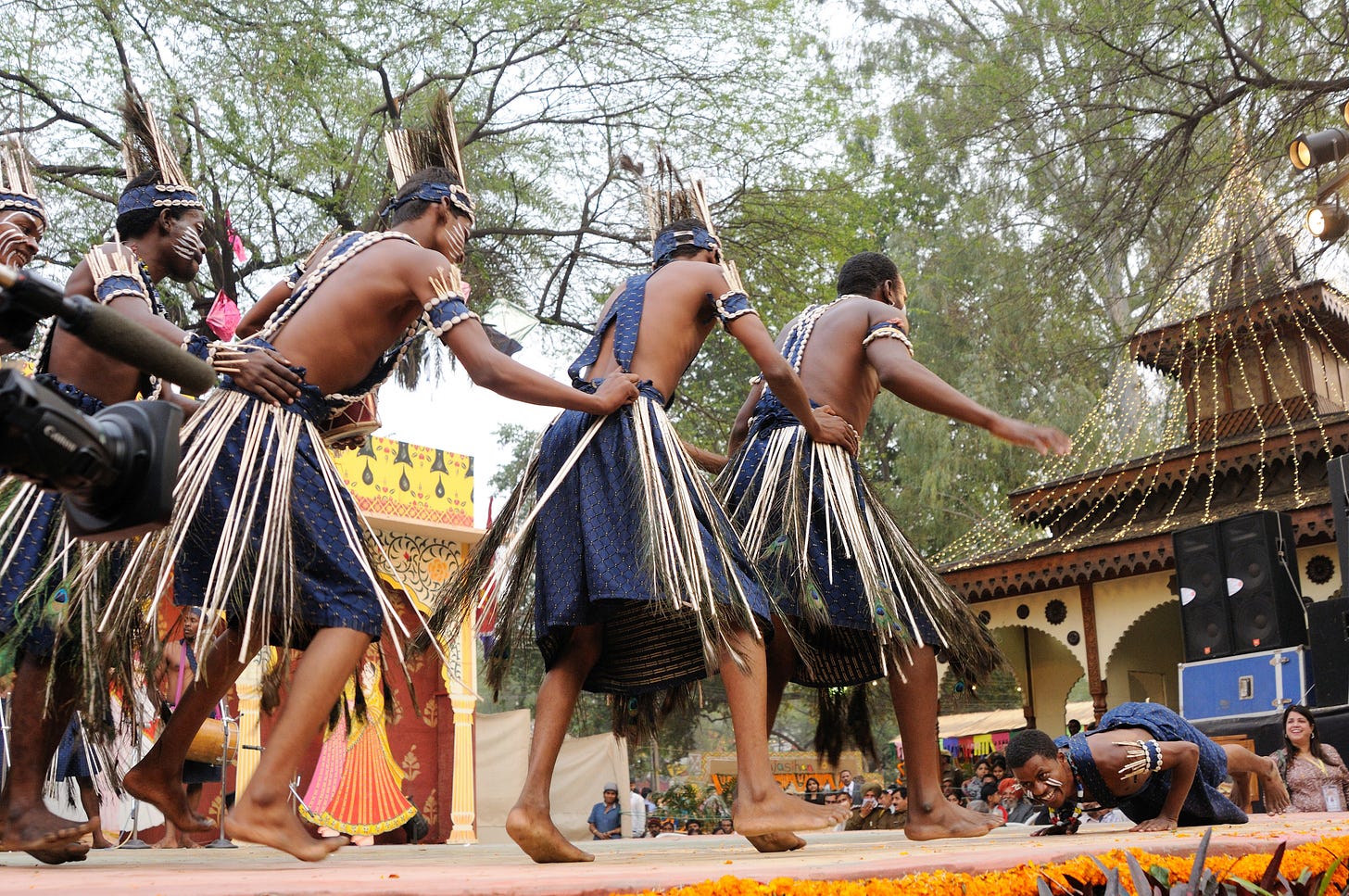Siddis, the Forgotten Africans of Medieval India
The Siddis,a tribe of East African descent has been living in the heart of India in near- total obscurity for centuries.

The Africans of India
I suppose everybody has heard and read about Afro-Americans, the ethnic group of Americans with total or partial ancestry from any of the black racial groups of Africa. We have famous guys like Will Smith, Michael Jordan, and Morgan Freeman adorning the power list, and the list of ultra-successful people is endless….
But what about Indo-Africans? Have you heard about them?
Yes, India has its own African community residing for centuries in the heart of it. To the average Indian and the outside world at large, 19th-century India was a dazzling hotchpotch of princely states, stiff-lipped Britishers, and a waning Mughal empire. But there were aberrations, and the island of Murud-Janjira, a unique and unconquered sea fort in the Arabian Sea near Mumbai, was one of them.
It was one of the two islands that people of African descent ruled for centuries. In fact, the Siddhis, as they were called, are the one and only African tribe to have completely adopted and assimilated the Indian culture, traditions, and customs.

The Kingdom of Janjira
Founded in 1489 by an African trader, Janjira was a vassal of the Bijapur sultanate for a long time in the 15th and 16th centuries. Ottoman Turk archives mention that the combined forces of the Ottomans and Janjira routed a Portuguese fleet off Yemen in 1589.
There are other mentions too of Ottoman-Janjira cooperation—an indication that the state and its rulers were quite powerful in medieval times.
Later, the Mughals conquered this state. But, following the waning influence of the Mughals in the 18th century, the state entered into an alliance with the British in 1799. It remained one of the few semi-independent states in British India. And the credit for creating such a strong state that kept the Ottomans, The Mughals, and even the British at bay goes to a formidable personality called Malik Ambar (1548-1626).
Here is the catch; Malik Amber was an Indian king of Ethiopian (Abyssinian) descent. And Siddis ruled the entire state of Murud-Janjira, a tribe of East African descent. Descendants of Bantu people of East Africa, Siddi ancestors were largely brought to India as slaves by Arabs as early as the 7th Century, followed by the Portuguese and the British later.
Then, they rose through the ranks of royal retinue under the Mughals, finally ending up ruling over two small, independent princely states(Sachin and Murud-Janjira) in the State of Gujarat, both of which survived up to Independence.
The Siddhis in Modern India
I remember the first time I encountered members of the Siddi community in Mumbai. I was excited because this was my first time meeting a black Afro-Indian couple. At the risk of being called racist, their appearance was a revelation for me.
No, there was no noticeable difference at first glance. In every way, they just looked like a typical “Indian” couple. They dressed in the same way as other Indians and spoke Hindi fluently, as well as the other local languages. The men typically work as drivers or security guards while the women stay at home, their staple diets comprising rice, dal, and pickles.
The only thing that makes them different from the next Indian is their skin color and physical appearance. And, despite having lived in India for centuries, the Siddi people have typical African features because they marry within their communities. It is extremely rare for a Siddi to marry someone outside their community.
Separated by appearance, if not by culture, outside of their small communities, they are still regarded as ‘outsiders’ in their own land. Isolated and reclusive, Siddis are mostly confined to small pockets of villages in the Indian states of Karnataka, Maharashtra, and Gujarat. Their struggles to come to terms with rampant racism are indeed heart-rending.
As Juje Jackie Harnodkar Siddi, who works with the Employees Provident Fund Organisation in Mumbai, tells us.
“There are around 15-20 thousand Siddis in Karnataka. We have adopted the languages and customs of our home states but our music still has some African roots. We faced discrimination as children, and we face it even today. People still call us names. Our forefathers lived in the forests. There was no education or employment and they mostly depended on the forest produce. Life was tough for them.”
Siddis could never really get integrated into mainstream society. That’s why most Siddis live deep in the forest and avoid stepping outside that comfort zone. The lack of education is one of the biggest reasons behind the struggle, and isolation is a way of life.

They Dream of Representing India at the Olympics
The Siddi people want to be accepted as Indians at any cost, and if sports is the way that can be achieved, then they are happy to represent their country on the world stage and win medals for India.
And things have started changing for good.
In 1987, the Sports Authority of India (SAI), spearheaded by the then Union Minister of Youth Affairs and Sports Margaret Alva, began initial efforts to set up a sports scheme to scout and train members of the community in hopes of tapping into yet undiscovered athletic abilities of the Siddi people. Around 65 athletes were chosen to be trained in various athletic events.
However, the scheme was discontinued due to a lack of planning six years later, in 1993, leaving members of the community who enrolled in the program stranded and demotivated. However, the program was revived back from 2016 in full flow, instilling new hope within the community.
As Shanthi Siddi, the mother of Shweta Siddi, a 17-year-old accomplished athlete from the Siddi community, tells us proudly
“I used to be interested in sports but there was nobody to encourage us to take up sports or even study. So now, we are hoping our children achieve something we couldn’t do in sports.”
The hope that some community members will one day excel for India in sports is about making money, breaking the age-old social barriers, and expanding the notion of what it really means to be Indian. Sports are helping the community to venture out, do something new and lead a better life. Things have finally started looking up once again.
Sources
· Meet the Siddis, India's Lost African Tribe
· Siddis: The story of a lost tribe
· The Siddis: India’s lost African tribe
· Siddi Life and Their Sense of Belonging in Karnataka, India
· The Siddis: Africans of India
· I Met The Siddi People Of India, And It Widened My Perception Of What It Means To Be ‘Indian’
· How the Siddi community has been thriving through music and dance





Ravi, with all respect, there’s a mistake in Morgan Freeman’s name.
Also I’ve always heard that term as hodgepodge, meaning a grouping of many various, unrelated things. Like eating a dinner of leftovers.
If the stiff lipped British have introduced it to India as hotchpotch then I apologize for assuming that I am correct.
Might you please consider adding to your list, a man who is not only African, but who has succeeded in a field unrelated to entertainment, like the Reverend Doctor Martin Luther King, Rosa Parks or Harriet Tubman, who’ve contributed so much more than actors and athletes?
This was utterly fascinating, thanks for doing the research and sharing!